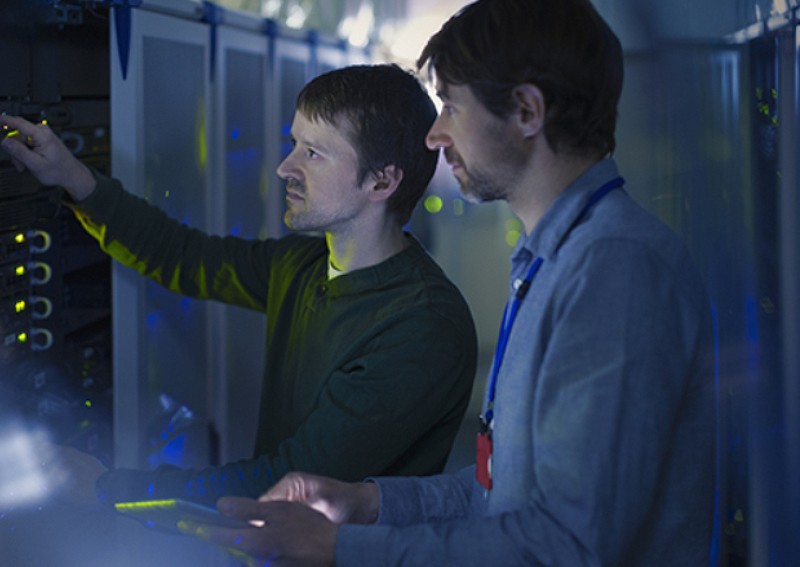Building resilient and sustainable data centres in 2021 and beyond


Around the world, the pace of digital transformation (DX) is accelerating. The situation is further spurred by the ongoing pandemic, culminating with an unprecedented pivot to remote work and online services than any time in the past.
The invisible but vital infrastructure behind all online services, data centres has never been more important. And with workers asked to work from home, outages resulting in interrupted video conferences, remote management of IT systems, and loss of access to crucial cloud services and mission-critical enterprise applications are attracting more attention than ever.
Of course, the need for resilient data centres is not new. Historically, these facilities are designed to be adaptable and resilient to meet growing demands. This often means the presence of redundant systems operating in parallel, ready to step in within a split second should a failure happen.
Margins are also built-in areas such as cooling and power availability to cope with spikes in usage. However, the additional levels of redundancy come at the cost of efficiency and sustainability. Is sustainability even possible given the paradox of resilience and sustainability?
For now, internal modelling at Schneider Electric project showed that the current pace of growth will result in data centres energy consumption to double by 2040. The growing consumption means sustainability is an issue that should be addressed sooner rather than later.
Fortunately, awareness of sustainability is growing. This is evidenced by the general resistance towards deprioritizing sustainability in the wake of the uncertain economic climate due to the ongoing pandemic, which is a stark contrast to the other global economic downturns in recent memory.
Elsewhere, a recent 451 Research report commissioned by Schneider Electric found that 43 per cent of multi-tenant data centre service providers say they have a strategic sustainability programme in place to improve the efficiency of their data centre infrastructure.
Some governments are doing their part to accelerate sustainability, too. Singapore, for instance, is developing long-term solutions through projects such as a floating data centre park with the potential to harness seawater for cooling. It also initiated a two-year trial to import 100MW of electricity from Malaysia to access additional renewable energy sources.
At Schneider Electric, we believe that the paradox of building data centres that are both resilient and sustainable is solvable. We address this challenge across four the distinct pillars of with systems that are sustainable, efficient, adaptive, and resilience.
By incorporating these four pillars, service providers can provide resilient and sustainable IT operations to enable their continued operations. We believe that by working together, the data centre industry can drive towards a sustainable future beyond 2021 without compromising resilience.